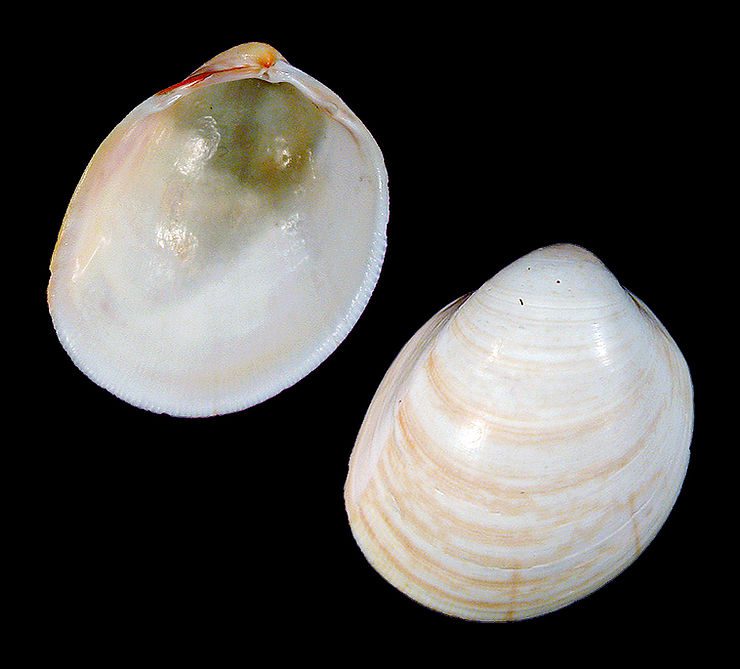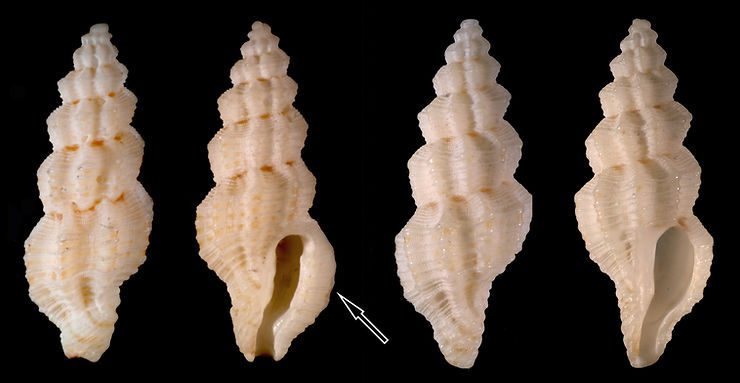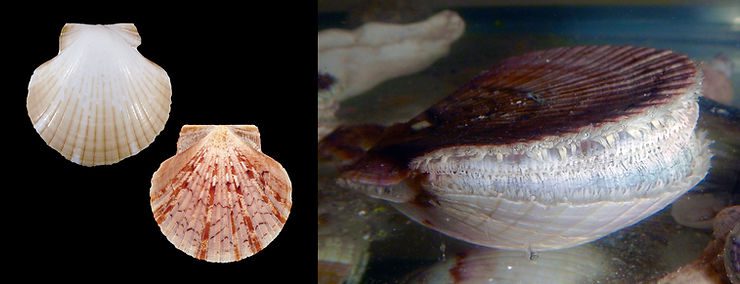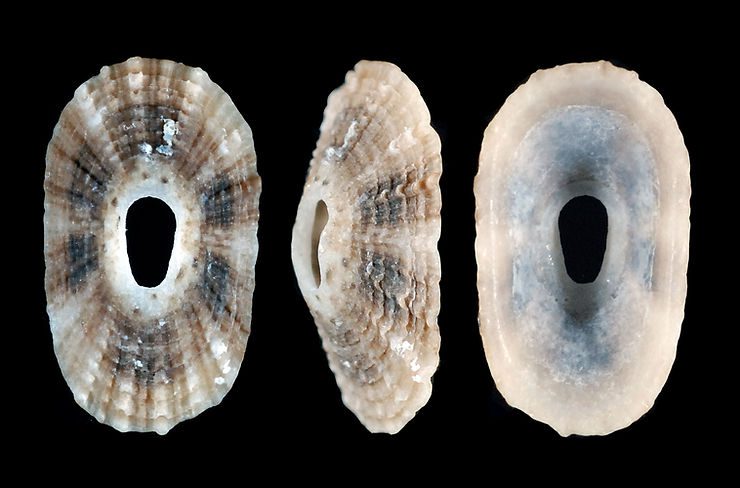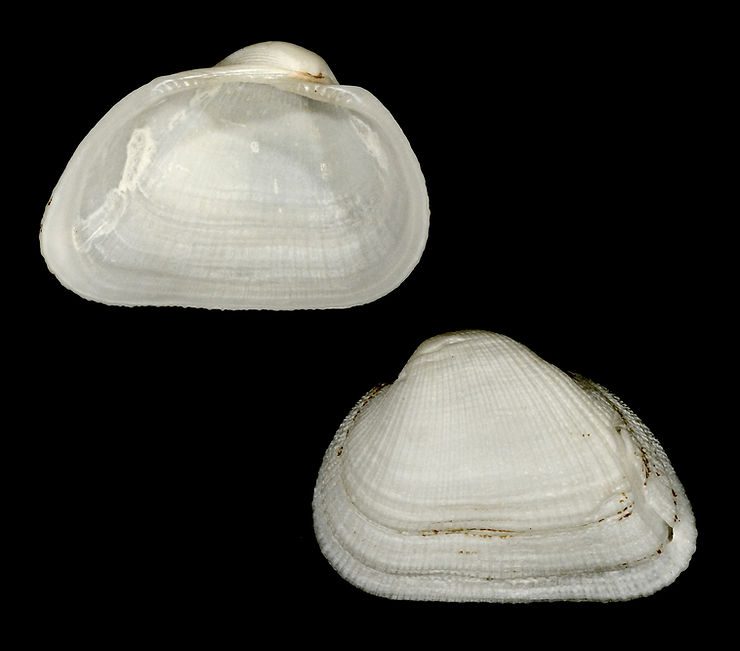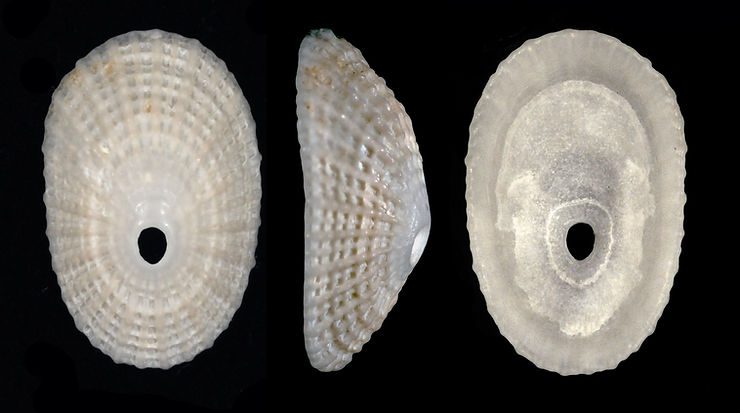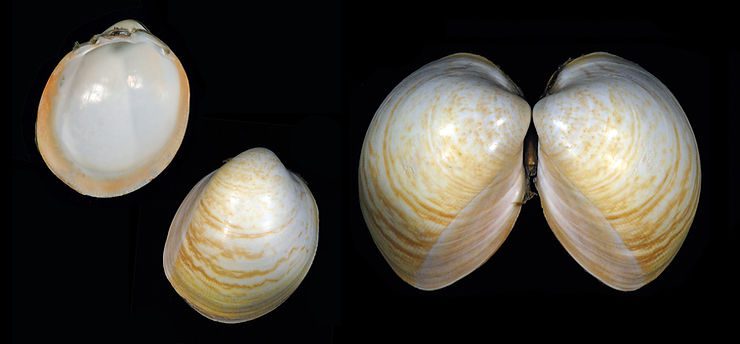
The Pristis Egg Cockle
The Pristis Egg Cockle, Laevicardium pristis (Bory de Saint Vincent, 1827), is closely related to last week's featured shell, the Common Egg Cockle. Egg Cockles are so called because of their smooth, egg shell-like shells. Reaching almost 3 inches in size, the Pristis Egg Cockle differs from the Common Egg Cockle by having a more inflated ("fatter") shell, and a much more conspicuous, stronger set of hinge teeth. The shell in the image was collected on the east end of Sanibel by Museum volunteer
